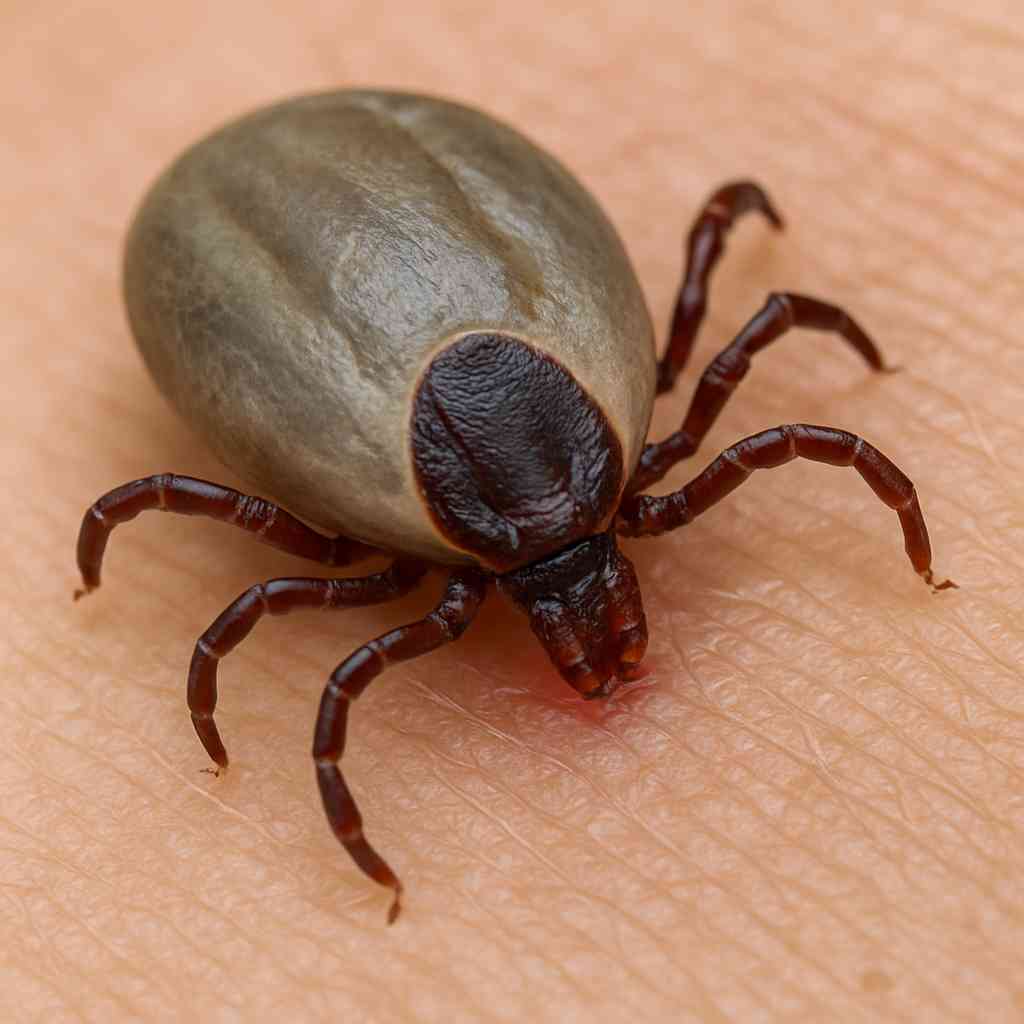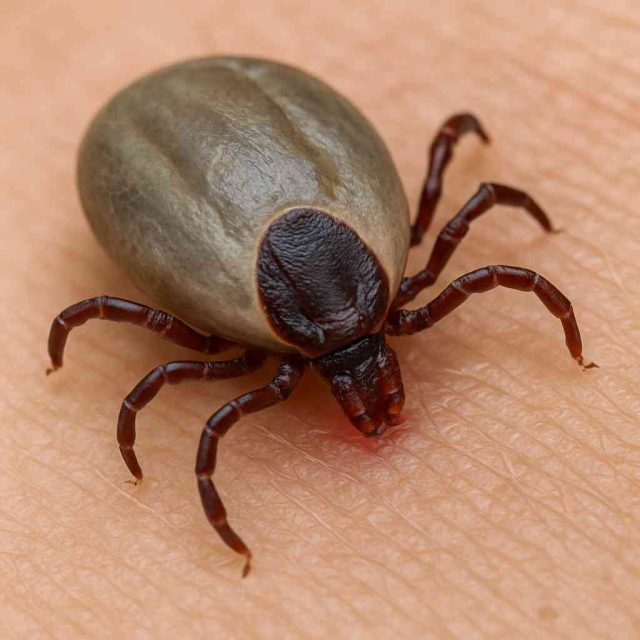
Imagine spending a weekend hiking in the woods, only to return with fatigue, fever, and a mysterious rash. Could a tiny tick be the culprit? Lyme disease, a condition that has perplexed researchers and patients alike, is often associated with outdoor adventures but rooted in far more complex origins. While the Lyme Disease causes are often attributed to tick bites, the complete picture is layered with environmental, biological, and even social influences.
Understanding these causes is essential—not just for diagnosis and treatment, but for prevention and awareness. In this article, we dive into what science currently knows, what’s still under investigation, and why patients deserve more clarity.
Table of Contents
- What We Know: The Primary Cause of Lyme Disease
- Beyond the Tick Bite: Co-Infections and Environmental Factors
- Unsolved Mysteries and Emerging Theories
- Why Understanding Causes Matters to Patients
What We Know: The Primary Cause of Lyme Disease
Lyme Disease causes center on one primary vector: the bite of an infected blacklegged tick, also known as the deer tick (Ixodes scapularis). These ticks transmit the bacterium Borrelia burgdorferi to humans, which initiates the infection. In some regions, related species like Ixodes pacificus also carry the bacteria.
The bacterium is a spirochete, a type of spiral-shaped microbe that invades tissues and evades the immune system. Once in the body, it can affect the skin, joints, heart, and nervous system. Most people associate Lyme disease with the bullseye rash (erythema migrans), but not all patients develop this symptom.
Transmission typically occurs after the tick has been attached for 36–48 hours. Ticks are more active in warmer months, especially from April through September, increasing infection risks during outdoor activities. Preventive actions such as using insect repellent, wearing protective clothing, and performing thorough tick checks after time in wooded or grassy areas are highly recommended.
For more information on managing symptoms, visit HealingWell’s top articles.
Beyond the Tick Bite: Co-Infections and Environmental Factors
While Borrelia burgdorferi is the primary cause, other infections can accompany it. Co-infections from ticks can include Babesia, Anaplasma, Ehrlichia, and even Powassan virus. These organisms complicate the clinical picture, making diagnosis and treatment more difficult. Each has its own symptom profile, and when combined, they can lead to prolonged and severe illness.
Environmental changes also play a role. Urban sprawl, deforestation, and climate change have expanded the range of tick populations. Ticks now thrive in regions once considered safe. Additionally, warmer winters allow ticks to survive year-round, increasing the potential for infection.
Another under-discussed factor is human behavior. Increased outdoor recreation, suburban development near woodlands, and limited public health awareness in rural areas contribute to higher exposure rates. Education campaigns and local tick surveillance programs are essential for reducing these risks.
Furthermore, certain individuals may be genetically predisposed to severe or lingering symptoms following infection. Ongoing studies are investigating how genetic and immune system differences affect the body’s response to the bacterium.
If you need guidance in discussing symptoms with your physician, visit Healthcare.pro.
Unsolved Mysteries and Emerging Theories
Despite decades of research, several Lyme Disease causes remain debated. One major controversy is “chronic Lyme disease”—a term often used by patients experiencing persistent symptoms despite treatment. The Centers for Disease Control and Prevention (CDC) prefers “Post-Treatment Lyme Disease Syndrome (PTLDS),” acknowledging lingering symptoms but denying ongoing infection.
Researchers are exploring whether these extended symptoms result from:
- Residual bacterial fragments triggering inflammation,
- Autoimmune reactions,
- Co-infections undiagnosed or untreated,
- Or a previously unknown persistence of Borrelia bacteria.
In addition to these medical hypotheses, there’s growing interest in the role of the microbiome and its influence on immune response. Could gut health determine how severely someone reacts to a tick-borne infection? The science isn’t settled yet, but preliminary findings suggest a possible link.
Another angle under study is the impact of socioeconomic factors. Access to early treatment, healthcare disparities, and awareness levels can influence outcomes. People in rural or underserved communities often experience delays in diagnosis, worsening their condition and recovery time.
For authoritative updates on Lyme research, you can visit the National Institute of Allergy and Infectious Diseases.
Why Understanding Causes Matters to Patients
Pinpointing the Lyme Disease causes is not just a scientific challenge—it’s a human one. Misdiagnosis remains common, especially when symptoms are nonspecific. Fatigue, joint pain, brain fog, and sleep disturbances can easily be attributed to other conditions like fibromyalgia or depression.
Better understanding of the underlying causes means:
- Earlier, more accurate diagnoses,
- More effective treatment plans,
- Reduced stigma for those with lingering symptoms,
- And more targeted public health interventions.
There’s also the marketing side to consider. Pharmaceutical companies developing therapies for tick-borne diseases must align with evolving science and patient needs. As awareness rises, so does the demand for comprehensive solutions, from vaccines to more effective antibiotics and diagnostics. Digital outreach by companies like eHealthcare Solutions is crucial to educating and connecting patients with resources.
Finally, patients armed with knowledge can better advocate for their care. Understanding the root of the illness empowers them to push for timely testing, question incomplete diagnoses, and seek second opinions if necessary.
For patients looking for actionable information and shared experiences, HealingWell remains a valuable support platform. Explore more expert-driven content on top health topics.
Conclusion
While a tick bite may seem like a small event, its consequences can ripple through a person’s health and life for years. Understanding the Lyme Disease causes—from microbial infection to environmental exposure and beyond—is key to developing better prevention, diagnosis, and treatment strategies. As science progresses, so does the hope for more effective solutions and greater clarity for those navigating this complex condition.
FAQ
What bacteria causes Lyme disease?
Lyme disease is caused primarily by the bacterium Borrelia burgdorferi, transmitted through blacklegged tick bites.
Can you get Lyme disease without a tick bite?
No confirmed cases exist of Lyme disease without tick exposure. However, many people don’t recall being bitten due to the tick’s small size.
Are co-infections common with Lyme disease?
Yes. Ticks can carry multiple pathogens, and co-infections like Babesia or Anaplasma may complicate the illness.
What is chronic Lyme disease?
Often referred to as Post-Treatment Lyme Disease Syndrome, it includes symptoms like fatigue and pain that persist after standard treatment ends.
How can I reduce my risk of getting Lyme disease?
Use insect repellents, wear long clothing when hiking, avoid bushy areas, and perform full-body checks after outdoor activity.
Disclaimer
“This content is not medical advice. For any health issues, always consult a healthcare professional. In an emergency, call 911 or your local emergency services.”




